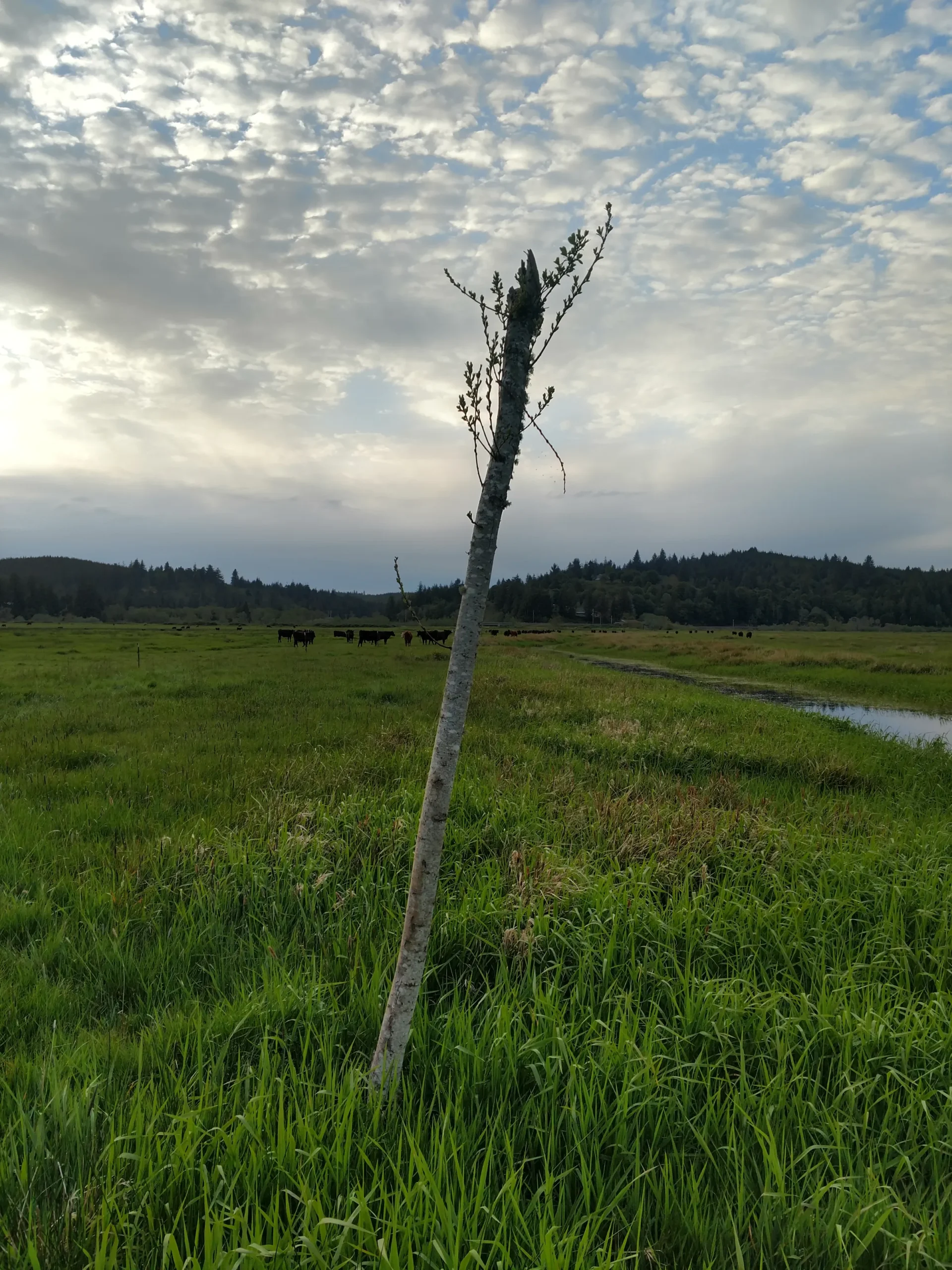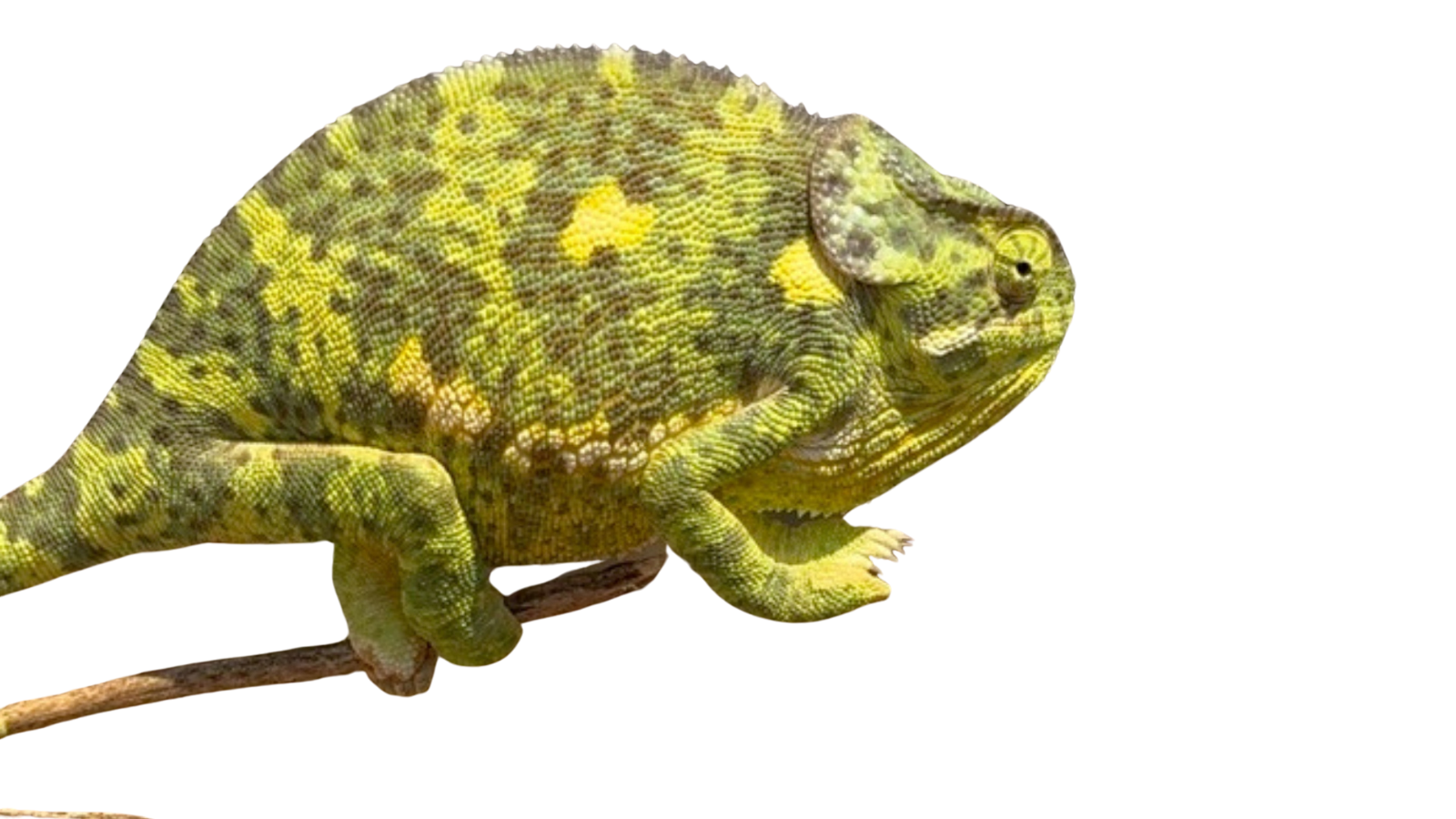Savanna. It’s official.
Last episode, I left you with a real cliff-hanger. Is the water too high? With cattle coming in twelve hours, will Nate have a wreck? Sorry to have kept you in suspense for so long but here goes with the conclusion: yes the water was very high, but the grass was even higher because, with lots of rain and unseasonably warm weather, the grass exploded.
There are a few important misconceptions about tallgrass that I want to dispel right here, and in the processed flesh out my theory about Life, the Universe, and Everything. First of all, people might think that very tall grass is good for cattle and ranchers that make their living off of grass. Not necessarily so. Second, people might think that an eco-rancher, concerned with biodiversity and what not, would tout the importance of having tall grass and brag about how tall his or her grass was. Also not so.
Let’s start with biodiversity. To the casual observer, tall grass might seem ‘natural.’ But from my perspective, tall grass was probably a relatively rare phenomenon over the course of evolutionary history. There were just too many large animals, with equally large appetites, for grass leftovers to go sitting around in the fridge for too long. This was a powerful force and it compelled grass to evolve an equally powerful ability to grow to try to overpower those animals. It was probably just as common for the animals to beat the grass down into the dirt as for the grass to overpower the grazers and create amber waves of grain. But these two forces of nature usually battled each other to a draw.
It is my contention that this is how we at Grounded Land and Livestock and Sonoma Mountain Institute have been able to create such dramatic growth in plant biodiversity. We use cattle to create plant conditions that cover the whole spectrum of grass heights that occurred over the last fifty million years, short to tall. This creates space for more kinds of plants. Grasses and forbs are structured in such a way that, the taller the grass on any square foot, the fewer the species of plants that can live on that square foot.
Which brings us to the issue of trying to make a living off of these grasslands. As with the plants, all grassland animals evolved to prefer a certain place in the spectrum of short to tall grass. Cattle evolved to be somewhere in the middle. Elk, pronghorn, sheep, gazelle, and kangaroos like short grass. Elephants and horses prefer tall grass.
Which is the problem. Due to extreme Pleistocene biodiversity loss, I constantly find myself understocked on elephants. Due to cultural norms about eating horses (rooted in a five-hundred-year-old taboo on eating an animal that was more valuable for draft purposes), I can’t sell horses the same way I can sell cattle. I’m telling you, people, eat a horse. For nature. Or a zebra. (If no one says something in the comment section after that statement then I give up.)
So until I get my elephant fences shored up and until all of you out there stop being lazy and start eating Fili-Fillets (I’m trademarking that by the way), then I have to keep the grass in that mid-height range, where the cattle can still eat it.
When an elephant eats tall grass, it just grabs the whole thing from the ground and shovels it into its mouth and all the sudden you turn tall grass into short grass. Cattle just eat the tops off tall grass. Grass seems not to have evolved a mechanism to deal with this situation effectively. The bare stems that they leave just sit there and don’t grow any grass, or if the stems manage to resprout it is only half-heartedly. Production suffers. On top of that, around here, when the grass stays very tall, pastures get taken over by ‘swampy’ plants.
This is where it gets a little awkward. All these ‘swampy’ plants are native, whereas many of the palatable plants are non-native. Manna grass, the most palatable of the palatable grasses might be native, and lotus, the most palatable plant in general, certainly is. That might be a window into what these plant communities might have looked like during the Pleistocene.
But no fair changing the subject. The fact is, if I wanted, I could make these plant communities mostly native and put my feet up and relax. n many environments it is difficult to do that, but here it is super easy. Just dump a bunch of water out there, don’t let it drain and have just a few cattle wandering around wherever they want. None of these natives are high priority species and many botanists view them with the same ire that they view non-native plants, but, technically they are native. These native communities also have very low total biodiversity. But maybe these are excuses. The fact is, these plants don’t seem to encourage symbiotic relationships with cattle sized herbivores, they have very little feed value, and it is borderline inhumane to make cattle subsist on them. It is like making someone survive on bread and water. Or Poptarts. Technically, it could be done, but oh the humanity. And I certainly can’t make enough money to pay the mortgage on that sort of feed.
I have already crammed too much into this post to try to take up the native/non-native debate. Another time. In a nutshell, my contention is that we need to foster the sort of environment created by large grazing animals over the course of evolutionary history, whether that gives us plants that are considered native or non-native, so be it.
So, enter my new favourite addition to the ranch, “The Elephant,” or as other people would see it, my neighbours 70 horsepower Kubota tractor with a five-foot mower on the back. We have started going around and mowing pastures after the cattle have gone through and I am very optimistic about how it is going.
As a Luddite, I should feel ashamed at my inability to apply that philosophy in the real world, right? No! That’s the whole point. I am not a Luddite and this is a perfect example of the difference between being against technology and being for Eden (my definition of Eden being ‘the background conditions of evolution on this planet’). As is often the case, in this example I can foster the conditions of Eden (ecological conditions in this case) better through the use of technology than I could by ignoring technology. I only feel ashamed that I didn’t see this dynamic sooner. All last year, the perfect crystallized manifestation of my own philosophy was staring me straight in the face and I couldn’t see it.

